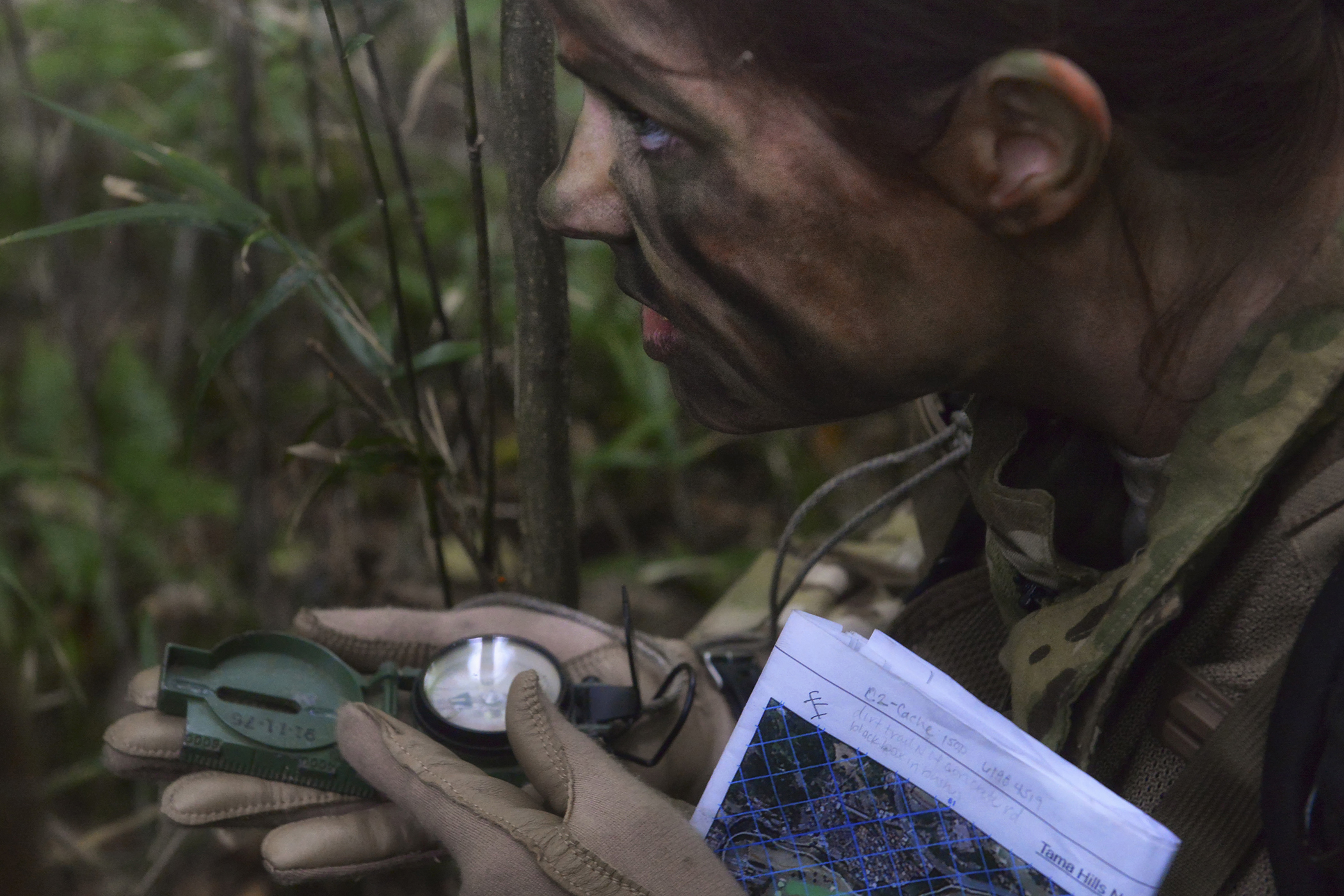Capt. Allison Ohlinger, a 36th Airlift Squadron instructor navigator, uses a compass to navigate for her team during a survival, evasion, resistance and escape combat survival course at Tama Hills Recreation Area, Japan, Sept. 24, 2015. SERE uses realistic wilderness situations to teach students the importance, difficulty and technique of navigation using simple instruments. (U.S. Air Force photo/Airman 1st Class Elizabeth Baker)
Never give in. Never give in. Never, never, never, never — in nothing, great or small, large or petty — never give in, except to convictions of honor and good sense.” — Winston Churchill, 1941.
If you ever find yourself in a survival situation, whether it’s due to a natural disaster, a hostile encounter, or an accident, you might benefit from knowing some SERE techniques. SERE is an acronym for Survival, Evasion, Resistance, and Escape, and it’s a program that trains military personnel, contractors and civilians on how to survive and cope with extreme scenarios. SERE techniques are based on the experiences and lessons learned from previous conflicts, such as World War II, Korea, Vietnam, Afghanistan and Iraq. The goal of SERE training is to enable service members to return with honor in any situation.
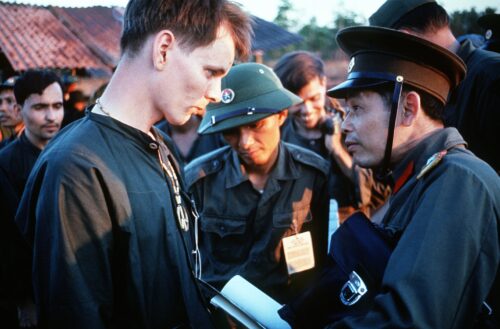
Levels of SERE Training
SERE training under current public U.S. Department of Defense (DoD) policy is divided into three levels: A, B, and C:
Level A is the basic level of SERE training that all military personnel receive during initial entry training. It provides an introduction to the Code of Conduct and the Geneva Conventions, as well as basic principles of survival, evasion, resistance and escape. This course provides only the most basic training and does not adequately equip soldiers for the challenges of capture and captivity.
Level B is an intermediate level of SERE training that’s required for personnel who are at increased risk of isolation or capture due to their mission, location or specialty. It builds on the skills and knowledge acquired in Level A and introduces more advanced techniques of survival, evasion, resistance and escape. It has become mandatory for most deploying personnel.
Level C is the highest level of SERE training. It’s required for personnel who are at high risk of isolation or capture due to their mission, location or specialty. It is the most comprehensive and realistic level of SERE training that exposes the students to the physical and psychological pressures of captivity. Much of the training is classified.
Everyday Relevance of SERE Techniques
While SERE techniques are mainly taught to military personnel and civilians who work in high-risk areas, they hold are also valuable for anyone seeking to enhance their survival skills, knowledge and mindset. These skills extend beyond extreme situations, serving to bolster safety and preparedness in everyday life, as well.
In today’s unpredictable world, the relevance of SERE skills is undeniable. Natural disasters, terrorist attacks, civil unrest, and other emergencies can occur anytime, anywhere. Basic SERE skills equip you to handle the unexpected, fostering confidence and resilience in the face of challenges.
SERE training also cultivates mental toughness and resilience. Exposure to stressful scenarios that test physical and psychological limits teaches individuals to overcome fear, pain, fatigue, and uncertainty. Skills such as coping with isolation, deprivation, and harsh environments can prove invaluable in dealing with life’s adversities.
SERE skills can enhance self-confidence and leadership abilities. Decision-making, problem-solving, and teamwork under pressure are all integral parts of the training. Trusting oneself and one’s instincts, effective communication, cooperation, and leading by example are skills that can contribute to success in personal and professional life.
SERE techniques are designed to preserve life, dignity, and freedom in adversity. They help maintain integrity and personal values when faced with extreme pressure or manipulation. This can be applicable in many areas of life, helping individuals stand up for themselves and resist negative influences.
While SERE techniques were designed with a specific military purpose in mind, the skills and principles they teach can have broader applications and benefits in everyday life. They can help you be better prepared for unexpected challenges, make sound decisions under pressure, and maintain your integrity in difficult situations. They also involve problem-solving and critical thinking skills that can be valuable in many aspects of life.
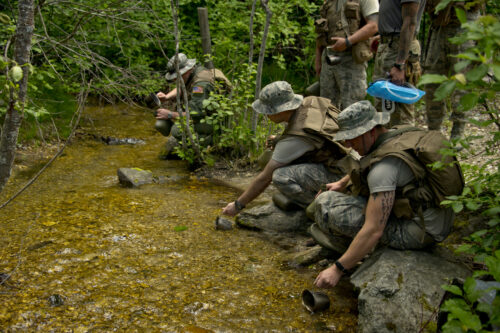
Survival
Survival training is an essential element that everyone should have. You don’t need to be an expert on every aspect of survival, but you should know the essentials of finding water, food, shelter, fire, and help. You should also know how to deal with common injuries and illnesses that might occur in a survival situation. Learning basic survival skills also helps build confidence. Survival skills aren’t just important for the backcountry. Being able to survive in an urban environment is equally important. These skills can be lifesaving in emergency situations such as natural disasters, accidents, civil unrest, or any situation where basic necessities aren’t readily available.
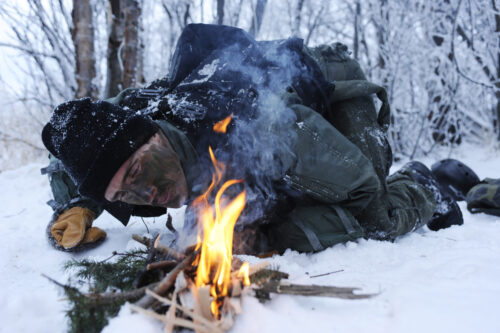
Evasion
Evasion techniques, a key component of SERE training, can be surprisingly applicable in daily life. They can enhance your situational awareness and adaptability, both of which are valuable in everyday life. They teach you to always be alert and observant of your environment. They foster an awareness of how to identify potential threats, hazards, and opportunities.
These techniques primarily involve avoiding detection and blending into your environment. By appearing unremarkable and not drawing attention to yourself, you can navigate through chaotic situations more safely. In a foreign city, this could mean adopting local customs, dressing in a similar fashion, or learning a few phrases in the local language. In a wilderness setting, evasion might involve understanding how to move quietly and without leaving obvious tracks. In daily life, this could translate to being mindful of the digital footprints we leave online.
Evasion techniques also include learning how to navigate without relying on technology. This skill can be useful in daily life, especially in situations where you might lose access to your GPS, such as hiking or traveling in remote areas.

Resistance
Resistance in the SERE context often refers to resisting interrogation or psychological manipulation. However, it can also refer to mental resilience. Develop a survival mindset. Survival is not only about skills and knowledge, but also about attitude and mindset. You need to have a positive outlook, a strong willpower, and a flexible approach. You need to be able to adapt to changing circumstances, overcome obstacles, and cope with stress. You need to be resourceful, creative, and determined. You need to have the right mindset, attitude, and willpower to overcome any challenges or hardships that you might face. The will to survive is your greatest asset. The mental strength developed through SERE training can be beneficial in daily life. It can help you maintain your composure and make rational decisions in high-stress situations.
Escape
In an era marked by a rise in terrorism and criminal activities, hostage-taking and kidnapping have become increasingly prevalent tactics. Although the likelihood of being kidnapped, held hostage, or subjected to unlawful restraint remains relatively low for most individuals, the value of learning SERE escape techniques extends beyond these extreme scenarios.
These techniques extend beyond the mechanics of simply defeating restraints and foster a mindset of preparedness, adaptability, and resilience that can be beneficial in a variety of situations we encounter in our daily lives. They emphasize the importance of staying calm and thinking clearly under pressure, skills that are undoubtedly beneficial in everyday life. They can help you assess the situation quickly, make rational decisions, and take effective action to ensure your safety and the safety of others.

Plan Ahead
Preparation needs to start before an incident. Before you go on any trip or adventure you should always plan ahead. You should research the area you are going to visit, check the weather forecast, pack the appropriate gear and supplies, inform someone of your itinerary and expected return time, and have a backup plan in case something goes wrong. One of the methods that can help with this is what is known as PACE planning. PACE is an acronym for Primary, Alternate, Contingency, and Emergency, a planning system developed by the US military. PACE planning mitigates risk by developing three backup plans.
Be Prepared
In the face of unexpected emergencies, preparedness is not just important, it’s essential. Whether it’s a natural disaster like an earthquake or flood, or a man-made crisis such as a power outage or financial collapse, being ready can make the difference between survival and catastrophe. Preparedness involves having the necessary supplies, developing crucial survival skills, and forming a comprehensive plan. Because when disaster strikes, the time for preparation has passed, and the time for action has begun.
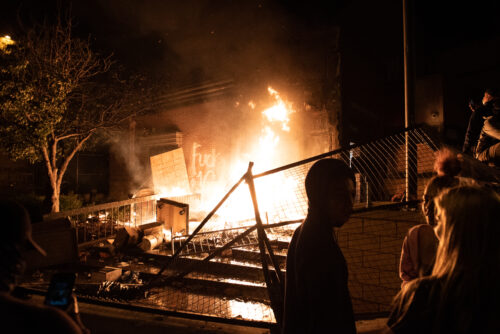
Private Sector SERE Training
In the past decade, there’s been a noticeable growth in the number of private firms providing tactical training and authentic tactical simulations to both the private sector and government agencies. This trend is hardly surprising given the influx of military professionals transitioning to civilian life. These individuals, bring with them combat experience in conflict zones like Iraq, Afghanistan, Yemen, Pakistan, and other less publicized areas, and offer their expertise and training to those keen on improving their tactical abilities and fieldcraft. These courses can provide valuable survival and evasion skills, although they may not cover all aspects of military SERE training.
There are also numerous online resources and videos that provide information about SERE training. These can be a good starting point for learning basic survival and evasion techniques. Many wilderness survival schools also offer courses that cover similar topics to SERE training, such as how to find food and water, build a shelter, and navigate without a compass.
Training is only part of the equation. The best way to master and maintain any skill is to practice it often. For example, you can practice your outdoor survival skills by going camping, hiking, fishing, or hunting. The more you practice, the more confident and proficient you will become.
Summary
Although SERE training was originally designed for military personnel, the skills and mindset it fosters are undeniably beneficial for everyone. In an increasingly unpredictable world, the ability to stay calm under pressure, think clearly, and act decisively can make a significant difference in a variety of situations, from everyday challenges to emergency scenarios.
The principles of preparedness, adaptability, and resilience that SERE training emphasizes are not just valuable life skills, but also essential qualities for personal growth and success in various aspects of life. Whether it’s learning how to navigate without a compass, understanding how to signal for help, or simply developing the mental strength to resist stress, the importance of having SERE skills cannot be overstated. It’s not just about survival, but about thriving in the face of adversity.
*The views and opinions expressed on this website are solely those of the original authors and contributors. These views and opinions do not necessarily represent those of Spotter Up Magazine, the administrative staff, and/or any/all contributors to this site.

